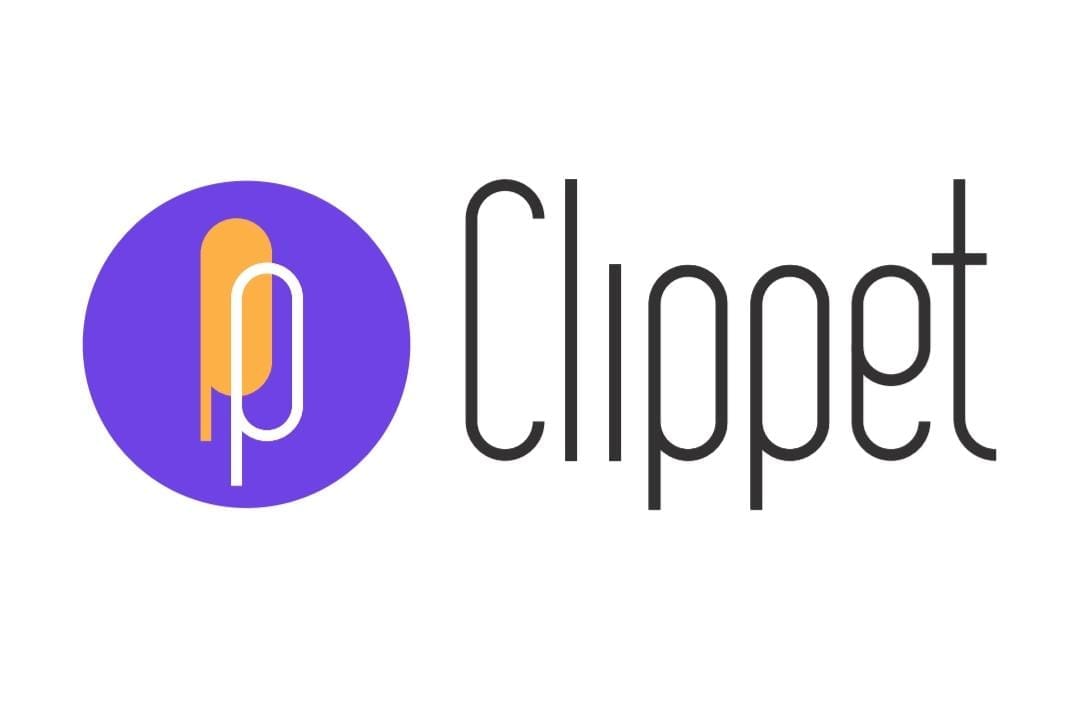The Impact of Minimalism in Graphic Design: Why Less is More

Minimalism has become a dominant force in graphic design, reshaping branding, UI/UX, and overall visual communication. By focusing on simplicity, clarity, and functionality, minimalist aesthetics create a powerful impact without unnecessary complexity. In this blog, we explore why less is more and how minimalism continues to influence design across various industries.
1. The Philosophy Behind Minimalist Design
Minimalism in graphic design is about reducing elements to their essential purpose. Inspired by movements like Bauhaus and modernist art, it emphasizes functionality and clarity over excessive decoration. A minimalist approach ensures that every design element has a purpose, leading to cleaner, more effective communication.
2. How Minimalism Enhances Branding
Strong branding relies on recognition and clarity. Minimalist logos, such as those of Apple, Nike, and Google, demonstrate how simplicity can be both memorable and versatile. Minimalist branding helps companies establish a timeless identity that works seamlessly across digital and print media.
3. Minimalism in UI/UX Design
In UI/UX design, minimalism enhances usability by removing distractions and focusing on user-friendly experiences. Clean layouts, ample white space, and intuitive navigation improve accessibility and engagement. Platforms like Airbnb and Instagram leverage minimalism to create aesthetically pleasing and highly functional interfaces.
4. The Psychological Impact of Minimalism
Minimalist designs evoke feelings of clarity, calmness, and sophistication. By eliminating clutter, they enhance focus and reduce cognitive load, leading to a more pleasant user experience. This approach is particularly effective in digital spaces, where attention spans are limited.
5. Key Elements of Minimalist Graphic Design
- Simple Color Palettes: Often monochrome or limited color schemes to maintain harmony.
- Whitespace Utilization: Enhances readability and directs attention.
- Clean Typography: Prioritizes legibility with sans-serif fonts and consistent spacing.
- Flat & Iconic Design: Uses simple shapes and icons for universal communication.
- Balanced Composition: Ensures visual hierarchy and effortless navigation.
6. Why Minimalism is Here to Stay
Minimalism is more than a trend—it’s a timeless approach that aligns with evolving user expectations and technological advancements. As brands strive for clarity and adaptability in a fast-paced digital landscape, minimalism continues to be a preferred design philosophy.




